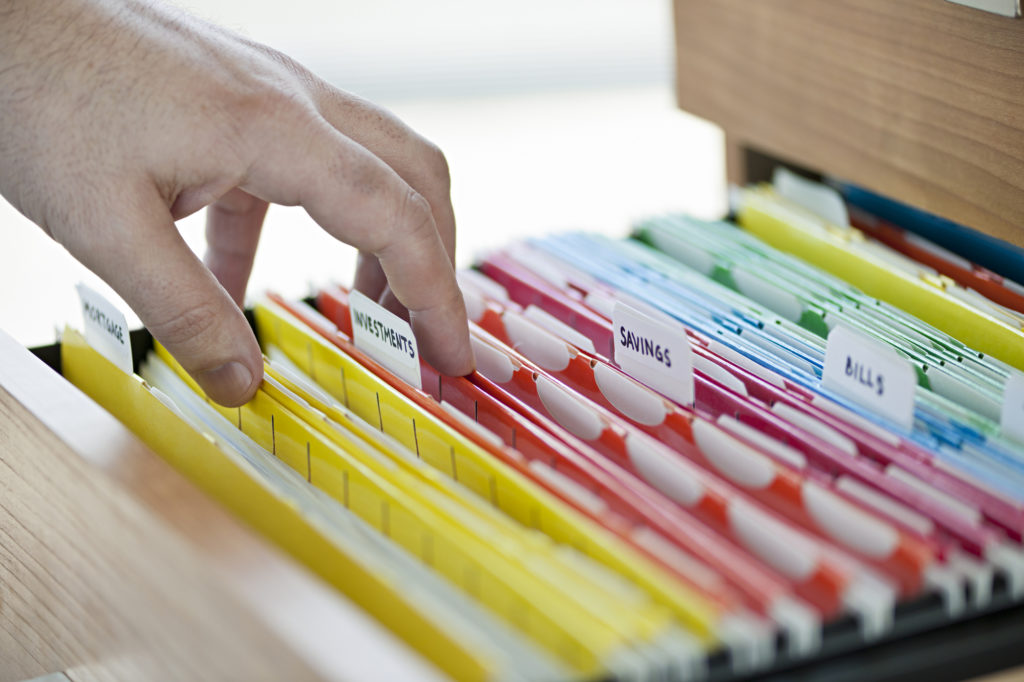On your blog, you can make it a lot easier for people find your content by organizing it in ways that make sense.
WordPress automatically sorts post chronologically, but what if your readers want to look for something specific, or all your blogs on a certain topic?
WordPress sorts posts using two functions: categories and tags. There can be a little overlap between the two, so it’s important to know what you want each element to describe.
Understanding categories and tags will help you organize your blog content in a way that helps your readers find what they’re looking for!

Categories
A category is a broad grouping of topics. Each post must be attached to at least one category. If you don’t, it will be under the “uncategorized” category.
Categories can be organized in a hierarchical way, so everything that’s related is together. You don’t have to add sub-categories, but they could be helpful if you want to link relevant content together.
Whenever you create categories, generic is best. Having five generic categories with lots of entries in them will look better than thirty categories with one or two entries each. Think of your categories as a Table of Contents of a book. If you’re writing a cookbook, you wouldn’t have dozens of chapters for bagels, waffles, and pancakes, when you could have one chapter on breakfast!
Tags
Tags are similar to categories, but are used to describe your post in more detail. Tags are optional in a post, but they can let your readers know what your post is about before reading it. They can also show up on the public lists of tags to allow more WordPress users to find your content.
When you tag your post, you don’t need to go overboard! There’s no set limit of tags that you can have on a post, but try to keep it between 5 and 15. If a post has too many tags, WordPress will overlook your post for the public tag space.
Categories and tags both benefit the posts that you add to your WordPress site and the readers that are looking at your content. They allow you to organize your content and make it easier for your readers to read that content.
Leave A Reply